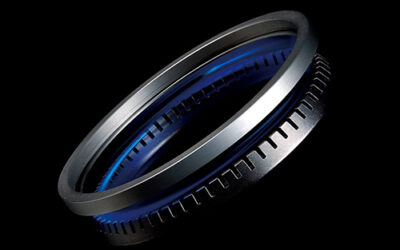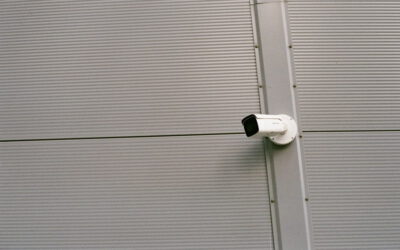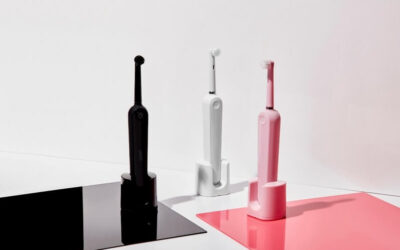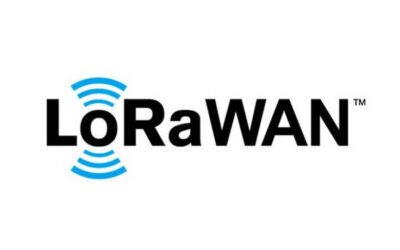How to improve air quality with an Air Purification System?

Air purification systems have long helped to “survive” and maintain health in large cities. Such devices have become more relevant in the context of a pandemic. Now air purifiers and disinfects can be found absolutely everywhere: in offices, schools and kindergartens, hospitals, in many apartments and houses.
Modern devices take up little space, are very economical and, if chosen correctly, will provide clean air and protect against germs. The keywords here are “the right choice”. What is the operating principle of the cleaner to choose: electrostatic filters, purify the air with plasma or use the latest devices based on photocatalytic cleaning? Or maybe it’s more efficient to use several technologies at the same time? Today, we will tell you how to purify the air and reduce the risks of getting sick with dangerous diseases.
Air purification systems – the most important devices during the coronavirus pandemic
Experts of the World Health Organization attribute more than seven million deaths annually to poor ecology, including dirty air. But if it is difficult to protect yourself from inhaling pollutants on the street, then it is quite real at home. We have selected the most effective air purifiers: they will help to create a healthy atmosphere in the apartment or at work.
What does “effective air purifier” mean? What were we guided by when choosing models? We explain. In our opinion, the best way to clean the air is passing through filters (mechanical cleaning). In any case, nothing better has yet been invented for household models. So the main criterion is the quality of the filtration system.
Nowadays, various models of air purifiers are produced. There are a photocatalytic cleaning method, plasma cleaning systems, and an ultraviolet air purification system. We understand these technologies and talk about the latest innovations in this field.
 Types of air purification and filtration systems
Types of air purification and filtration systems
“High degree of particle capture”: HEPA filter against pathogens
Benzapyrene, phenol, formaldehyde, nitrogen dioxide-these are just a few of the thousands of harmful substances that can be found in the atmosphere of large cities. For our health, such a neighborhood does not pass without a trace, often becoming the cause of the growth of allergic, asthmatic diseases and general fatigue. Therefore, it is not surprising that the development of new technologies for air purification is in the foreground, and the demand for air purifiers is growing every day. Filters of modern devices not only purify the air from harmful substances, allergens, but are also able to cope with viruses and bacteria.
Most viruses have sizes from 0.01 to 0.5 microns. Of course, mechanical filters cannot cope with them, but HEPA filters, for example, can do it. This abbreviation stands for High-Efficiency Particle Absorption. This technology appeared in the middle of the last century and was used to capture radioactive particles at nuclear industry enterprises. Nowadays, such filters can be found not only in industrial cleaners, but also in household appliances.
Very often, we figuratively represent filters as a kind of grid. However, HEPA filters look different-outwardly they resemble an accordion made of a sheet of material woven from the finest fibers with a thickness of 0.65-6.5 microns (microns). The cleaning process takes place due to three physical effects. Firstly, this is the effect of diffusion – the particles are very small, which means they move randomly, crash into the fibers and remain on them. For larger and heavier particles, the effect of inertia is triggered – they cannot quickly change the trajectory of movement following the airflow and settle on the fibers. And the third “trap” is the meshing effect – when a particle “gets stuck” in the fiber, the next one clings to it.
The HEPA filter is able to capture very small particles ranging in size from 0.1 microns. The effectiveness of the filter depends on its class. For example, HEPA 14 retains up to 99.995% of particles with a size of about 0.3 microns. For all their advantages, these filters also have a drawback – they themselves can become a source of contamination if they are replaced untimely. In this sense, electrostatic filters are more practical – they can be cleaned with simple soapy water.
“Electric chair” for viruses: an electrostatic filter in action
Electrostatic air purification filters have also been known for a long time. A good example of such a device is the well-known Chizhevsky chandelier. Over the years, such a filter has not lost its relevance, has improved, and even acquired a more fashionable name – a plasma ionizer, since, under the influence of a strong electrostatic field, the air is ionized and passes into a state of low-temperature plasma.
The design of electrostatic filters can be different. For example, a lot of metal plates with a wire passing between them. A potential difference is created between the plates and the wire, which causes the particles to ionize and settle on the plates having a charge of the opposite sign. The electrostatic filter is able to “catch” the smallest dust with a particle size of 0.01 microns. In addition, microorganisms die in the electrostatic field, so electrostatic filters can purify the air from viruses and bacteria.
One of the main advantages of filters with electrostatic air purification is the absence of replaceable elements – it is enough to rinse it with water. There are also disadvantages – the high voltage between the elements of the electrostatic filter creates conditions for the formation of dangerous ozone. Modern such cleaners, of course, are harmless – various technologies help to solve this issue. For example, in some models, in order to get rid of excess ozone, a catalytic purification module is installed after the plasma air purification module, which is able to turn toxic components into harmless substances.
Destruction by light: photocatalytic air purification
Catalytic air purification involves the use of additional substances-catalysts. Pollutants interact with one of these substances and as a result turn into other, but already safe compounds. In air purification systems, titanium dioxide (TiO2) is used as a catalyst. In its normal state, TiO2 does not have a special chemical activity. By the way, it is easy to encounter this substance in everyday life. This is a food additive E171 – a white dye that can be found, for example, in milk powder. However, when exposed to ultraviolet light, titanium dioxide turns into a powerful oxidizer. In such an environment, microparticles of organic matter break down into safe carbon dioxide and water. This is the basis for the work of the so-called photocatalytic filters. The principle of photocatalysis can be compared with photosynthesis, familiar from the botany course. Under the influence of sunlight, plants convert carbon dioxide and water into oxygen, and the catalyst here is chlorophyll from plant cells.
Such purification at the molecular level is one of the most modern technologies today. It has advantages over other known filtration systems (HEPA or electrostatic). Firstly, during the photocatalysis process, harmful impurities do not accumulate in the filter, but decompose to harmless components of the natural air environment. Secondly, the size of the destroyed particles is up to 0.001 microns. This means that photocatalytic filters can cope with dangerous gases, such as tobacco smoke, formaldehyde, carbon monoxide, and, of course, viruses. Therefore, air purifiers with the function of photocatalysis are widely used in medical institutions.
“Burning out harmful bacteria and particles” – ultraviolet purifier
The most famous technology is disinfection using ultraviolet light. Almost everyone has heard that the UV lamp destroys pathogenic microorganisms. This is how bactericidal circulatorsrecirculators work – the only devices from the group of disinfectants that are well known to many.
Manufacturers offer quite a lot of models of recirculators, but in fact, all of them are a kind of housing with a built-in fan and an ultraviolet lamp. This is a kindis kind of UV air purification system.
Ultraviolet rays (UV) are electromagnetic radiation of the optical (visible) spectrum with a wavelength range from 100 to 400 nm. Due to the fact that this spectrum is visible to the human eye, we clearly define the operation of the UV lamp as a visible white-purple glow. In contrast to, for example, X-ray radiation, which also belongs to the category of electromagnetic. But the wavelength is located outside the perception zone of the human eye and therefore is invisible to us.
Where to place air purifier
The task of the air purification system is to clean the air by repeatedly passing it through itself or its mechanisms. Therefore, it must stand in an open place, it is necessary to ensure free access of air to the air intake and exhaust ports. It is unacceptable to put the device under a table, in a cabinet, in a niche, behind a curtain, etc.
The optimal installation height of the air purifier is from the floor level to the first third of the room height. You can put the device on the floor (if you exclude access to it for children and animals), on a table, on a bedside table. You can’t – on the cabinet. If you can’t put the device low in any way, then you need to try to leave at least a meter of free space from the device to the ceiling.
If the device according to the instructions is designed for a room no smaller than the real one, it will effectively clean it regardless of which part of the room it is installed in. Therefore, you should not put it directly next to the bed. If the device has a fan, it will only interfere with sleep. This disadvantage is deprived of silent devices with a thermodynamic principle of operation; they, they can be placed at least directly near the headboard.
It is not recommended to place the devices near heating devices due to overheating of the device itself, which can lead to its malfunction. Secondly, the devices organize air circulation and, being near the heating system, will contribute to heating the air into the premises.
Ideal location: low, not next to the bed, away from batteries and windows, in an open space
Where to use air purification and filtration systems
Today, air purification systems operating using different technologies work at different levels and scales of enterprises. In particular, photocatalysis technologies are increasingly being used in hospitals, industrial enterprises, and even as household appliances. For example, the woodshop air filtration system will help protect against mechanical particles in the air that appear during wood processing. As well as from harmful chemicals and odors that appear in the air due to the force of friction and paintwork.
One of the latest trends in air purification technologies is the combination of several types of filters in one model of the air purifier at once. It should be noted that one of the latest trends in air purification technologies is the combination of different types of filters in one model. In particular, there are new models of air purifiers that use photocatalytic and plasma cleaning methods that are used in the industrial air filtration system.
You can findmeet a special air filtration system for shopsshop, but we are inclined to believe that this is a symbiosis of a household and industrial type of device. Since there is a constant flow of customers in the store, there is not enough power for a conventional home filter, and industrial filters may be too powerful.
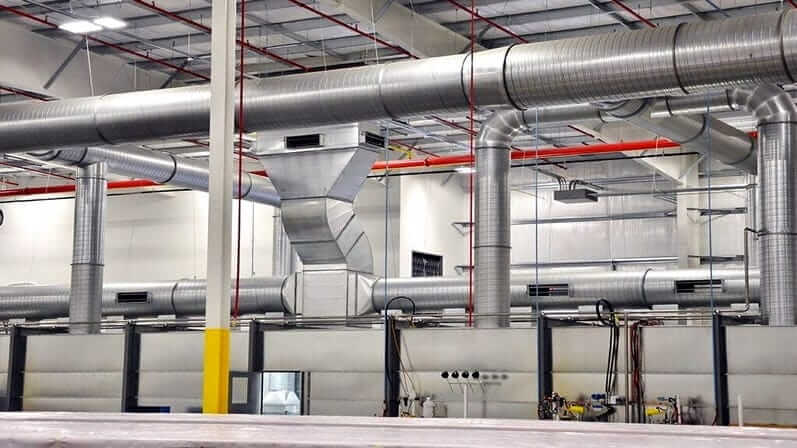
Air purification is one of the important requirements in the process of creating comfortable conditions for all family members. Often the whole home air purification system is confused with a humidifier. To understand the features of each device, it is recommended to remember:
- A standard humidifier does not clean the air flows, but fills them with moisture, creating an optimal humidity level in the room.
- The task of the cleaner is to clean the air flows from harmful impurities and allergens.
So a suitable air purification system for the home should combine functionality, compactness, and economy.
Development of individual air purification system
We have described general air purification systems, their types, and recommendations. In order to choose the right system for a given task and room, it is worth contacting specialists who have had a similar experience before. The ADUK team has faced such a challenge and will help to productively and safely develop a custom system that will meet the highest standards of quality, environmental friendliness, and economy. Our experts will also develop and install air filtration systems.
Recent Posts
- What Is an Exoskeleton Suit?
- Where can you use an ultrasonic motor?
- Smart Camera: System That You Can Use for a Wide Variety of Purposes
- Why Is the Smart Toothbrush Better Than a Regular One?
- Microcontrollers: An Integral Part of Embedded Hardware
- Air Quality Monitoring System: Why It’s So Important in Modern Realities
